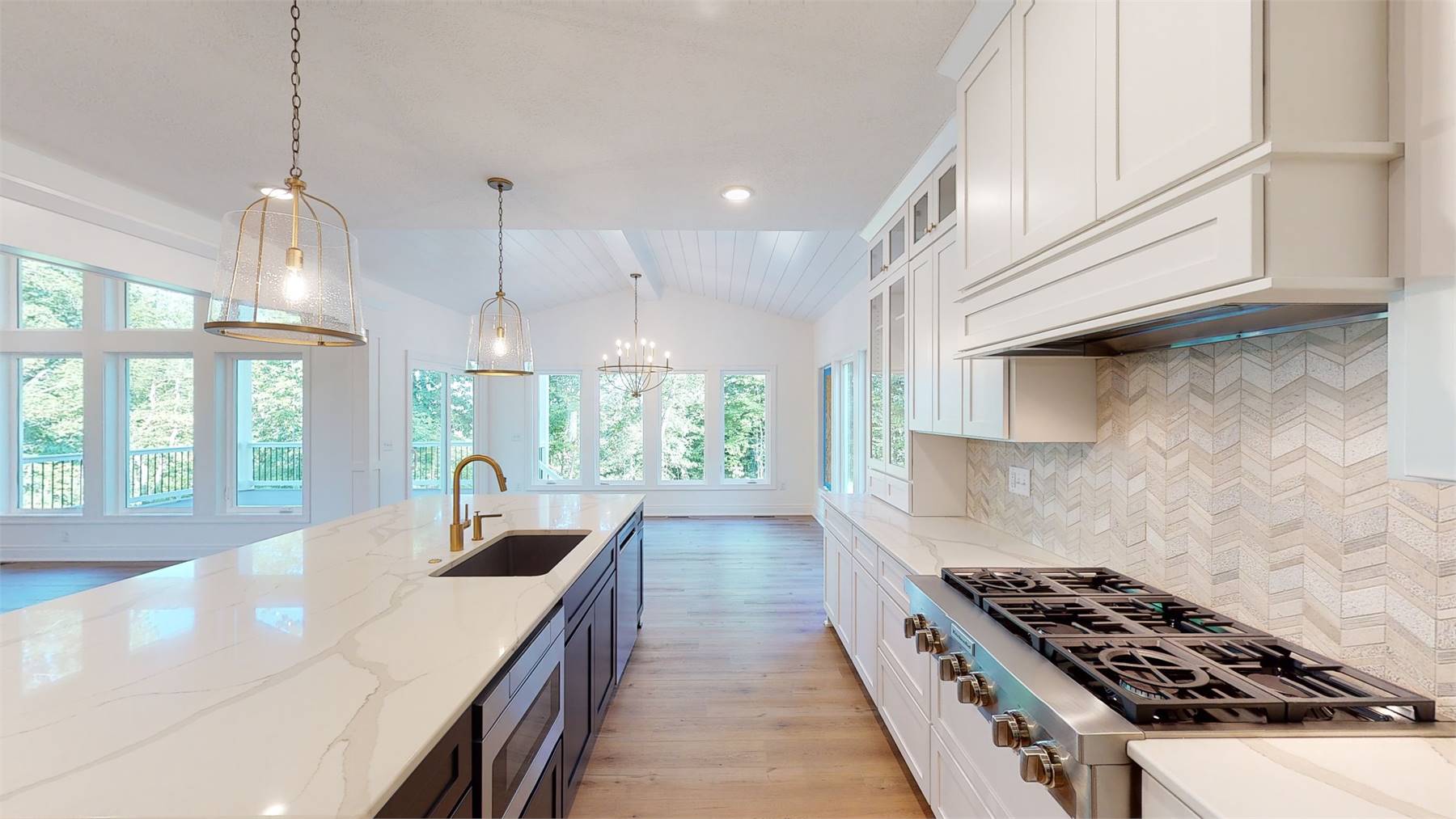.png)
.png)
Search By Square Foot
• Up to 1000 Sq Ft
• 1001 - 1500 Sq Ft
• 1501 - 2000 Sq Ft
• 2001 - 2500 Sq Ft
• 2501 - 3000 Sq Ft
• 3001 - 3500 Sq Ft
• 3501 - 4000 Sq Ft
• 4001 - 4500 Sq Ft
• 4501 - 5000 Sq Ft
• 5001 Sq Ft And Up
Search By Square Foot
• Up to 1000 Sq Ft
• 1001 - 1500 Sq Ft
• 1501 - 2000 Sq Ft
• 2001 - 2500 Sq Ft
• 2501 - 3000 Sq Ft
• 3001 - 3500 Sq Ft
• 3501 - 4000 Sq Ft
• 4001 - 4500 Sq Ft
• 4501 - 5000 Sq Ft
• 5001 Sq Ft And Up
One of the most important elements in home interior decorating is home lighting. Lighting is instrumental in setting the mood of any room. When deciding what lighting to use in your new home think about how each room will be used. This will allow you to choose fixtures that fit your style, budget, enhance your architectural features and are energy efficient and functional. To ensure you create the right effect in every room, you should understand the four basic types of home lighting.

Ambient or general lighting illuminates the whole room. It is a good idea to install a dimmer with your track and recessed lights so that you have the flexibility to adjust the brightness. Examples of ambient lighting are recessed, cove lighting, soffit lighting, valance lighting, wall light, sconces, surface-mounted lights, pendant lights, track lights, chandeliers, under-cabinet lights and portable fixtures.
Task lighting provides sufficient light to help you perform the task at hand, for example cooking, office/school work, reading, grooming, etc. Task lighting should be glare free and it should make things easy to see without tiring or straining your eyes. Examples of task lighting are valance lighting, recessed lighting, pendant lights, under-cabinet lights and portable fixtures.
Accent lighting is focused lighting that is used to illuminate an object in your home like a sculpture, piece of art, or architectural element. Accent lighting is about three times as bright as ambient lighting. Examples of accent lighting are wall washers, sconces, track lights and under-cabinet lights.
Natural lighting comes through windows, doors, and skylights and depending on the time of day, season, or weather, it can vary in brightness and intensity.
Some general design trends to keep in mind to help you choose the right type of lighting for every room in your home.